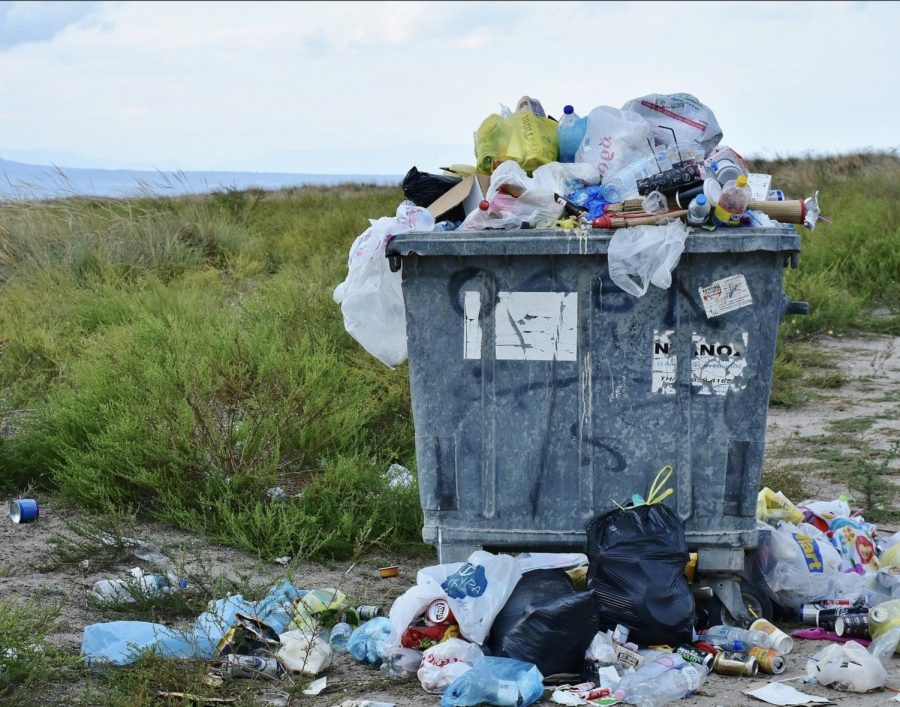The light at the end of the tunnel
Use of Personal Protective Equipment and other single use items have caused waste to sky rocket during pandemic
May 22, 2020
The COVID-19 crisis has created problems for people all over the world; however, with everyone locked inside to slow the spread, there has been less pollution.
There are many different types of pollution that humans are responsible for. While air pollution is the most pressing issue, humans also create noise pollution, seismic pollution and light pollution. Unfortunately this stage of quarantine culture has not prevented the production of light pollution. Contrastly, there has been a drastic decrease in air pollution and noise pollution.
According to NASA’s Elizabeth Goldbaum in NASA Probes Environment, COVID-19 Impacts, Possible Links, the travel bans put in place in many countries have decreased air traffic, and consequently, the pollution created by airplanes. Air traffic releases substantial amounts of nitrogen oxide which breaks down to create ozone. Breathing in ozone can cause chest pain, coughing and throat irritation; decreasing this pollution is sure to help those who live near airports and in large cities.
Marina Koren, at The Atlantic, found similar reports. She said, “Earth-observing satellites have detected a significant decrease in the concentration of a common air pollutant, nitrogen dioxide.” Later, Koren said that the decrease in nitrogen oxide present in the air has saved the lives of 4,000 young children and 73,000 elderly adults in China.
Koren also provided evidence that lack of human activity has decreased noise pollution and seismic pollution present in highly populated areas.
There are some negatives that have come with quarantine. The massive increase in demand for Personal Protective Equipment (PPE) has uncontrollably increased plastic waste, according to Rob Picheta with CNN. Although the need for PPE is justified in order to fight COVID-19, it has put a burden on the oceans of the world.Plastic waste is harmful to wildlife, but the danger to humans is often overlooked. Microplastics, created by decomposing plastic, can pass through wastewater treatment plants and pick up bacteria as well. If a bacterium can pass through the filter it will be able to reproduce in the areas it is stored; as a result, an entire supply of water may be contaminated and unsafe to drink.
This pause in human activity has given people time to reimagine the societies they live in. The Guardian said, “In Paris, the mayor has allocated €300m for a network of cycle lanes.” Other places around the world are doing similar things to reduce the surge of pollution once countries open up.
Although decreases in pollution are exciting, some news has not been reliable. As reported by National Geographic, the stories of dolphins and swan that returned to Venice, Italy, were not completely true. The dolphins were photographed in Sardinia, and the swans are seen regularly in the Venice area. While there is no evidence that animals are moving to areas that are now habitable, the conditions that they are currently living are better than before.
Although there are visible benefits to the decrease in human activity, this will not affect the long-term effort to control the climate crisis. Effort from politicians is needed to create infrastructure that will reduce air pollutants once society is up and running again.
If humans are willing to use this time to make changes to everyday life, there will be hope for a cleaner future. Infrastructure put in place during this time will be crucial in the survival of many species.







